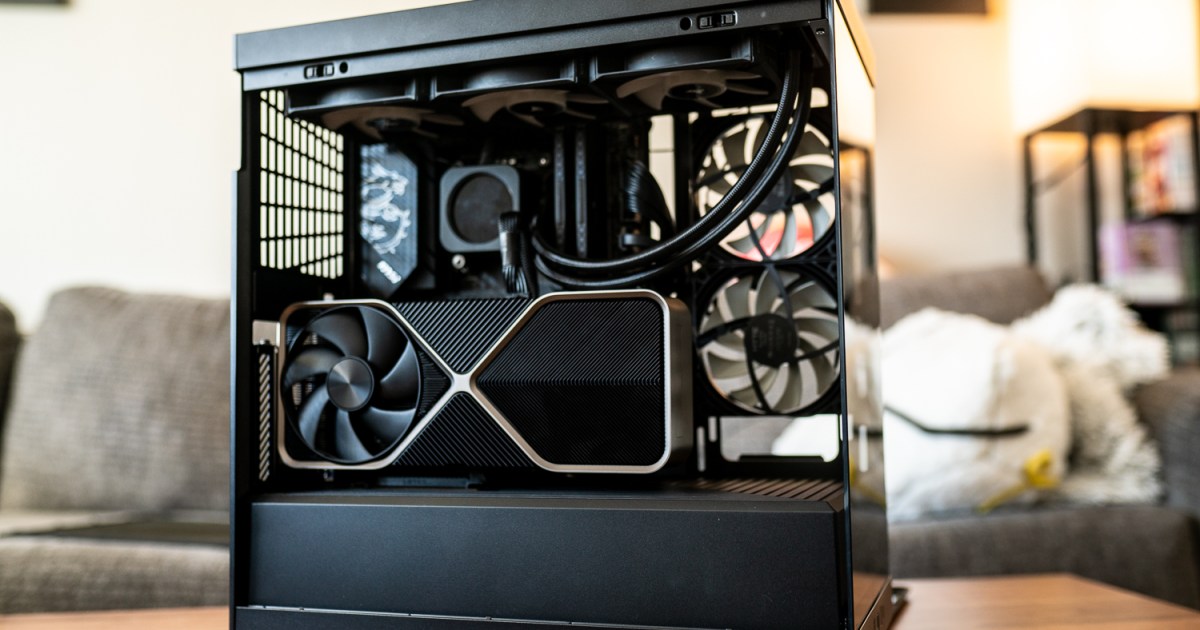SpaceX will conduct the sixth flight test of Starship, the largest rocket ever built, as soon as November 18 following the smooth success of the previous mission less than a month ago.
The high flight cadence is thanks, in part, to that success, which included the first-ever return of the Super Heavy booster to the launch site — where massive “chopstick” arms jutting from the launch tower caught it in mid-air — and a controlled, on-target splashdown after suborbital flight of the Starship upper stage in the Indian Ocean. This sixth test includes many of the same objectives; this fact led the Federal Aviation Administration to approve both flight 5 and 6 at the same time last month. Up until this point, SpaceX has needed to wait (sometimes months) for regulatory approval before each Starship launch.
In a post on its website, SpaceX says it will attempt to re-create these same successes on November 18, including catching the booster at the launch site and an accurate Starship splashdown. The company will also continue to test the heat shield and maneuvers for the upper stage reentry, “to expand the envelope on ship and booster capabilities and get closer to bringing reuse of the entire system online.” Engineer also introduced a number of upgrades to the system, including more redundancy in the boosters, propulsion system, updated software controls, and other changes.
SpaceX will also attempt to relight one of the Ship’s six Raptor engines on orbit, a key capability to eventually also reuse the Starship upper stage. Engineers will put this stage through its paces in other ways as well: The company will test new secondary thermal protection materials. In addition, as the company put it, “The ship also will intentionally fly at a higher angle of attack in the final phase of descent, purposefully stressing the limits of flap control to gain data on future landing profiles.”

All this testing will culminate in “significant upgrades” to the Ship, starting with flight 7, like redesigned flaps, larger propellant tanks, and the most up-to-date thermal protection.
A live webcast of the test will start around 30 minutes before the 30-minute launch window at 2 p.m. PT, which will be viewable on X or SpaceX’s website. This late-afternoon launch window (which opens at 4 p.m. local Texas time) will enable better viewing conditions upon reentry, SpaceX said.
Aria Alamalhodaei covers the space and defense industries at TechCrunch. Previously, she covered the public utilities and the power grid for California Energy Markets. You can also find her work at MIT’s Undark Magazine, The Verge, and Discover Magazine. She received an MA in art history from the Courtauld Institute of Art in London. Aria is based in Austin, Texas.
Subscribe for the industry’s biggest tech news




















 English (US) ·
English (US) ·